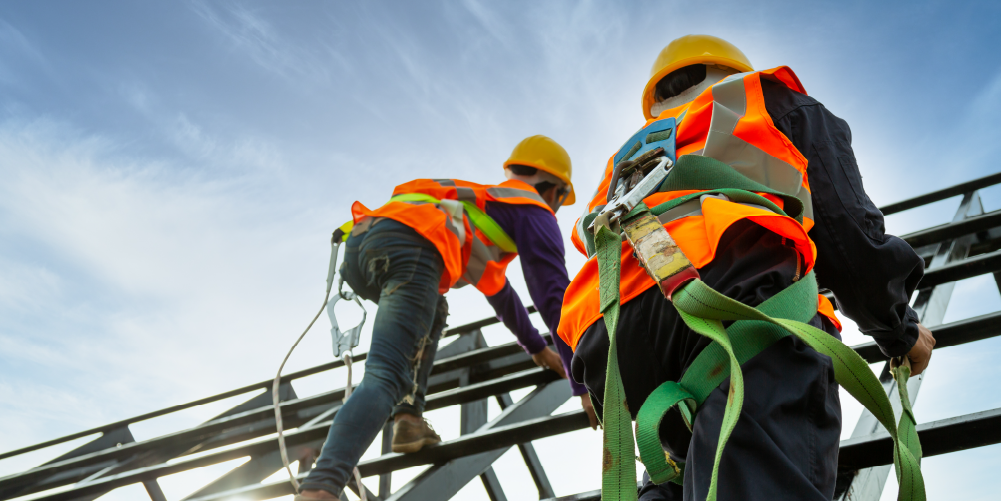In the construction industry, where the risk of injury looms around every scaffold and under every hardhat, establishing a culture of safety isn’t just a policy—it’s a necessity. This blog post is dedicated to construction managers, safety officers, and contractors keen on not just meeting the minimum safety requirements, but on building an environment where safety comes first, always.
The State of Safety in Construction
Despite advancements in safety equipment and training, the construction industry continues to grapple with high injury rates compared to other sectors. The Bureau of Labor Statistics often lists construction among the industries with the highest number of workplace injuries and fatalities. The most common hazards include falls from scaffolding planks, being struck by objects, electrocutions, and getting caught in or between objects. These statistics paint a stark picture: there’s a critical need for improved safety protocols on construction sites.
Building a Culture of Safety
A culture of safety transcends individual measures and equipment. It’s about creating an environment where every member of the team, from the top executives to the workers on the ground, prioritizes safety above all else. This culture is characterized by continuous education, open communication, and a shared commitment to preventing accidents and injuries.
Best Practices for Implementing Safety Culture
1. Leadership Commitment
Safety culture starts at the top. Leaders must demonstrate their commitment to safety through actions, not just words. This includes allocating resources toward safety training, equipment, and technology.
2. Regular Training and Education
Ongoing education on safety practices and the latest regulations is essential. Tailored training programs that address the specific risks of a project can be particularly effective.
3. Open Communication
Create channels for open communication where workers feel comfortable reporting hazards and near-misses. This not only helps in addressing potential risks promptly but also fosters a sense of community and shared responsibility.
4. Recognition and Rewards
Recognizing and rewarding compliance with safety protocols can reinforce their importance. This could range from acknowledging individual contributions to team-wide incentives for accident-free periods.
5. Continuous Improvement
Safety protocols should be regularly reviewed and updated based on feedback, incident analyses, and the introduction of new practices or technologies.
The Role of Technology in Safety
Technology plays an increasingly vital role in enhancing construction site safety. Wearable tech, like smart helmets and vests, can monitor workers’ health and alert them to hazards. Drones can conduct site inspections more safely and efficiently, while augmented reality (AR) can provide workers with real-time information about their environment. Investing in these technologies can significantly reduce the risk of accidents.
Engaging the Community in Safety Efforts
Beyond internal practices, engaging the broader community in safety initiatives can amplify the impact of a construction project’s safety culture. Public safety campaigns, partnerships with local schools for safety education, and events that allow the community to learn about construction safety are ways to foster a positive and proactive relationship with the surrounding area.
This approach not only improves safety awareness among community members but also builds trust and demonstrates the construction company’s commitment to the well-being of its workers and everyone affected by the project.
Conclusion
Building a culture of safety within the construction industry requires concerted efforts from all stakeholders. By following best practices and leveraging technology, construction companies can protect their most valuable asset—their workers. It’s not just about compliance; it’s about creating an environment where safety is ingrained in every action and decision. Let’s commit to making safety a priority today, for a safer and more productive tomorrow.

